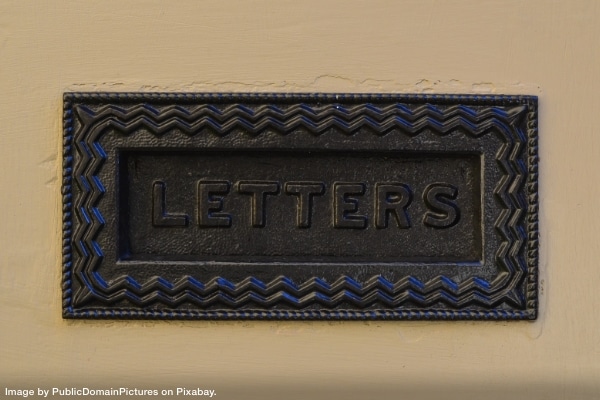
Dealing with email is a challenge for almost every entrepreneur I speak to. People expect instant replies to emails, and we get notifications, pings, flags, and “you’ve got mail” to tell us someone is awaiting a response. All these notifications trigger a stress response. It makes us feel nostalgic for the olden days when we only had postal mail to manage. However, we can take a few lessons from the past because treating email like postal mail has benefits.
Turn Off Notifications and Set a Schedule
Postal workers deliver mail once a day, and unless you receive a parcel too large for your mailbox, the postal worker doesn’t notify you. You collect your mail when it is convenient for you. You can manage email the same way.
Firstly, turn off the new mail alert notification. Then, schedule specific times of the day to check your inbox. For example, check your email when you arrive at work, before the lunch break, and about an hour before you end your shift. Set up an autoresponder on your email system to assure senders their email arrived safely and that you will respond during one of your pre-defined periods.
The challenge to this approach is arranging your schedule to include email check-in times. Some people may need to check email more frequently due to job requirements. However, even though you check your email, you don’t (necessarily) need to respond to it.
Quickly Sort and Create Rules
When we get postal mail from our mailbox, we do not remain standing there to compose replies to each letter. We take the mail to our desk and sort it. Likewise, when we treat email like postal mail, we don’t dive deep into replying when we check our inboxes. Instead, we should spend 5-10 minutes sorting. Asking yourself the following questions will speed up your sorting process.
- What can I immediately delete?
- Spam
- Unsolicited advertisements (unsubscribe if you can)
- Advertisements for stores you like but won’t shop at in the next week (don’t worry, the store will send you another ad soon enough)
- What can I file right now?
- Emails that don’t need a response, such as “Thanks for the great chat over coffee” or “Your payment has been processed.”
- Newsletters you want to read but not immediately.
- What do I need to act on?
- Leave these in your inbox to work on after you finish your sort.
The advantage of email over postal mail is that you can create rules in your email program to sort for you! For example, I receive newsletters from the national and chapter divisions of Professional Organizers in Canada. I created rules so that my email program automatically files them in their respective folders as soon as they arrive. Then, I can read them when I have time, and they are not cluttering my inbox and hiding client correspondence.
When your rules are in place, you will spend less time sorting emails, so you will have more time to respond to them.
Prioritize Responses
Back in the day, when I helped people organize their postal mail, we arranged the letters into piles according to their urgency. We can’t make piles of email like postal mail, but we can do something similar. I suggest adding red flags or tags to any emails that require a response within 24 hours and an orange flag/tag for those you need to answer within 48 hours.
Work On Your Email
Once you’ve set priorities, you can start working on answering your email. Start with emails that don’t require a “thoughtful” response such as:
- Meeting invitations where you simply accept or decline.
- Emails that deliver attachments (download and file the attachments)
- Reminders emails (e.g., your invoice is due Tuesday) where you must add a task to your calendar or to-do list.
Next, focus on answering the emails with red flags/tags. Then, work on the orange ones. If you still have orange flags/tags at the end of the day, change them to red so you answer them by the deadline. And remember to file or archive emails once you deal with them. It will reduce the clutter in your inbox.
Although old-fashioned by today’s standards, treating email like postal mail can provide numerous benefits for managing the overwhelming influx of digital correspondence, helping us regain a sense of order, and reducing email-related stress. For tips and advice, consider booking an email productivity presentation! Contact us today to learn more.
Image by PublicDomainPictures on Pixabay.
